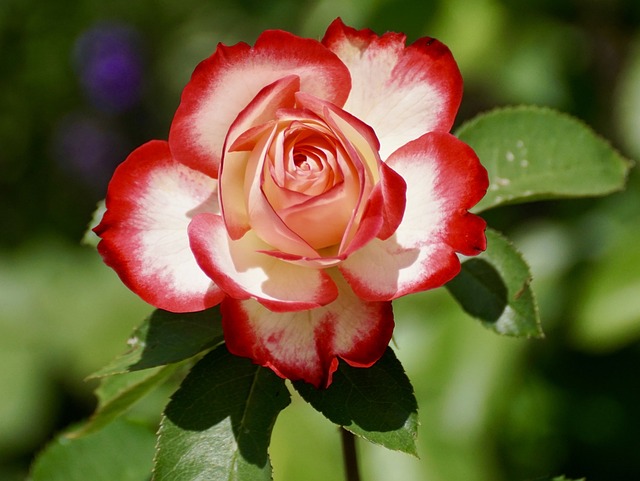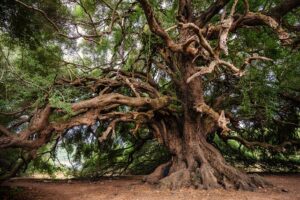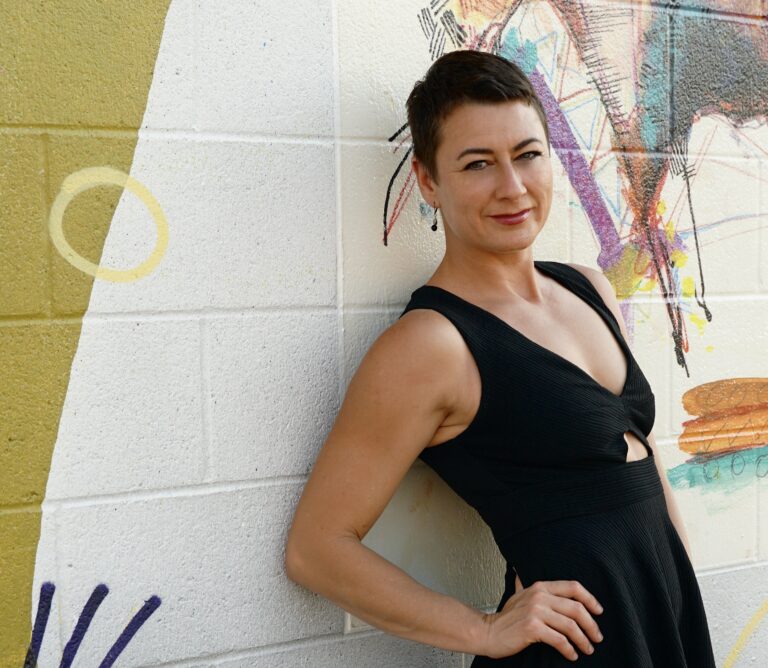It is spring again—a few days after the solstice—birds are singing while flowering trees spray white, purple, and yellow buds into the warming air. Daffodils bloom in ditches across town, and my lawn is sprinkled with tiny purple and white confetti, a quiet celebration of the season’s return.
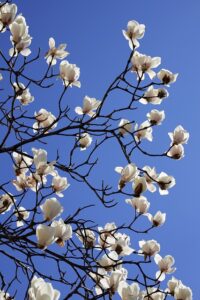
One of my favorite quotes is by Ralph Waldo Emerson:
The earth laughs in flowers.
This line, from his poem Hamatreya, speaks to the transient nature of human existence and the enduring presence of nature. There is something so reassuring about this cycle—the way the earth renews itself, how it turns again and again toward beauty, no matter how hostile the preceding winter.
Spring, though fleeting, is such a glad and radiant time of year. It stands in such stark contrast to winter’s barrenness, a kind of triumphant exhale. This seasonal shift always brings to mind a poem I wrote in high school:
Winter’s coming to end, the ice is wearing thin.
One season passes its baton, and clothed with verdure another races on.
There is such an anticipatory joy in watching flowers bud and then burst open overnight with their colorful smiles--laughter as Emerson calls it. Nature is effortless in its unfolding, each bloom a tiny miracle.
As a child, watching buds mysteriously form across the little world I explored, I wanted to hurry the process along, to coax the world into blooming at my behest. I would pop open soft crepe myrtle buds like tiny pimples and try to help small rosebuds open by loosening the petals, only to learn the important truth: forcing a blossom open only wrecks the process. It destroys the hope of its inevitability.
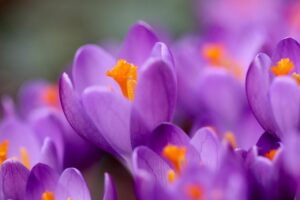
How does a flower bloom?
Naturally. On its own. Without the help of human hands.
Though a flower must have the right set of conditions to open up. It requires the right environment for its beauty and wonder to unfold—only then will it unfurl—on its own terms.
It makes me think of how often my own impatience mirrors that of my childhood self.
How I impatiently I’ve tried to force myself to open, even when my nervous system was locked down and my creativity all cloistered up in a tight little bud.
I’ve demanded that I bloom despite winter or drought, tried to will myself to thrive with nothing to support the process.
Nature tells a different story. One of timing. One of trust. And maybe even one of compassion.
I can be so unfair to my tender progress–much like that former version of me–that naive little girl trying to superintend the season’s eventuality by micromanaging the fancy parts.
Yet, there have been times when I have done the opposite. Not rushing the process but resisting it entirely—rotting away in that closed off inwardness, refusing to open, even as the season called me forward. Just as forcing a bloom too soon can ruin its unfolding, withholding myself from blooming altogether has spoiled some of my tender buds.
It reminds me of Anaïs Nin’s famous words:
And the day came when the risk to remain tight in a bud was more painful than the risk it took to blossom.
Sometimes, we grow impatient with our process, forgetting that when the time is right, it will be painfully impossible not to bloom—granted we are selective about our environment. We must also be mindful of where we plant ourselves.
I have heard it said: go where you are celebrated, not tolerated.
This has been one of the most valuable lessons of my journey. Some friendships, workplaces, and relationships were always going to be deserts to me. No matter how much I willed myself to bloom there, my fragile petals would have withered instantly.
That is not to say that life can’t still arise from seeming dearth—that beauty cannot emerge from unlikely places.
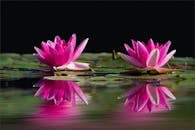
Have you heard how the Lotus flower blooms?
It starts out as a seed—buried deep in the muck and mire of a pond bottom. From there, it persists until it breaks the still surface, where it unfolds into one of the most spiritually iconic flowers in the world. It draws strength from the ugly depths to become something luminous and transcendent.
Anaïs Nin continues her thought:
Life is truly known only to those who suffer, lose, endure adversity and stumble from defeat to defeat.
Perhaps this is what it means to bloom:
To be patient with ourselves… to align ourselves with the right conditions… and to be compassionate with ourselves while awaiting the inevitable.
To unfold, delicate and new, into a world that may be uncertain… that may even turn out to be hostile at times.
To open, nonetheless… because it is less painful to bloom than to remain forever tight in the bud.
It is the persistence of ephemeral beauty, the courage of a flower opening to the sun, all the while knowing its time is fleeting.
And even so, the risk to remain in the bud is greater than the risk of blossoming.
- Where in your life are you being called to bloom right now?
- When have you tried to “force” growth before you were ready?
-
Have you ever had to leave an environment that was a desert to you? How did you know?

